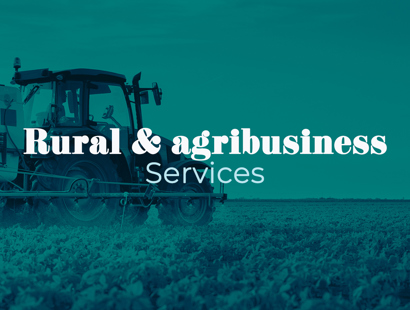
Biodiversity net gain—huge opportunity for landowners with open space
The real estate team explores the game-changing world of Biodiversity Net Gain (BNG), unravelling its implications and potential benefits.
What is biodiversity net gain?
BNG is a new compulsory planning condition that will apply to planning applications in England from an as yet unconfirmed date in November 2023 (exceptions are for householder applications) (for small sites of nine units or less on a site less than one hectare the requirement will not come into effect until April 2024).
It requires new developments that result in the loss or degradation of habitat to:
- fully offset the impact they’re having; and
- to improve the biodiversity of the land by an extra 10% which must be maintained for at least 30 yrs
Why does this create an opportunity for landowners?
The Environment Act 2021 allows for the BNG improvements to be delivered:
- onsite;
- offsite; or
- by purchasing biodiversity credits from the government (credits will be priced deliberately unattractively so it is an option of last resort albeit it a very helpful one to ensure development is not held up where on-site of off-site opportunities are not possible)
There are many different types of ways of delivering improved BNG which can include allotments, orchards and on a smaller scale bird boxes. BNG can also be embedded into the built development itself in the form of, for example, ground source heat pumps, rainwater collection. However, delivering BNG onsite will not be without its pitfalls as dedicating land to be used for BNG for 30 years will mean its land use cannot be easily reversed and even at the end of the 30-year period it is likely that other policy designations could be applied to the land preventing its use from changing. For that reason many developers will look to offsite for all/some of their BNG requirements.
This will leave a market for offsite improvements and create an opportunity for landowners able to set aside their land for biodiversity enhancement.
By creating or enhancing habitats on their land, landowners can produce ‘biodiversity units’ which can be uploaded to a register and purchased by proposed developments in their locality. (The BNG metric interesting rewards gains made within the same council area as higher.)
To participate in the scheme, landowners must commit to managing the habitat for at least 30 years, whether personally or with the assistance of a land manager. This agreement is to be consolidated using a planning obligation (s106 Agreement) with a local planning authority or a conservation covenant with a responsible body.
Our planning team can assist you with negotiating these agreements.
How is the value of land calculated?
The Biodiversity Metric is a method for measuring biodiversity and scoring land in terms of biodiversity units. The metric can be used by a qualified ecologist to calculate exactly how many biodiversity units there are on each site before the development is started and when it is completed.
This scheme is predicted to be very profitable for landowners with Government research indicating that each biometric unit will be worth an average of £20,000 (from this the landowner will need to deduct the cost to them of improving the BNG on their land). This can also be combined with nutrient credits and other environmental payments on the same land.
How is land registered?
Landowners can register their land on the Biodiversity Gain Register and to join the catalogue of all the available BNG sites.
Although biodiversity units can be sold and allocated to a development prior to registration, in order for offsite units to count towards BNG they must be:
- legally secure; and
- registered
The exact fee for registration is yet to be announced but it is predicted to be between £100 and £1000.
How we can help
Our planning team can advise you across a broad range of planning issues. For more information about any of the topics discussed please contact a member of the team, alternatively please fill in our online enquiry form.

Real estate legal news—October 2023
Welcome to the second edition of Russell-Cooke’s real estate legal news. It’s now been six months since we published our inaugural newsletter.
Get in touch
If you would like to speak with a member of the team you can contact our real estate planning and construction solicitors; Holborn office (Email Holborn) +44 (0)20 3826 7523; Kingston office (Email Kingston) +44 (0)20 3826 7518; Putney office (Email Putney) +44 (0)20 3826 7518 or complete our form.



